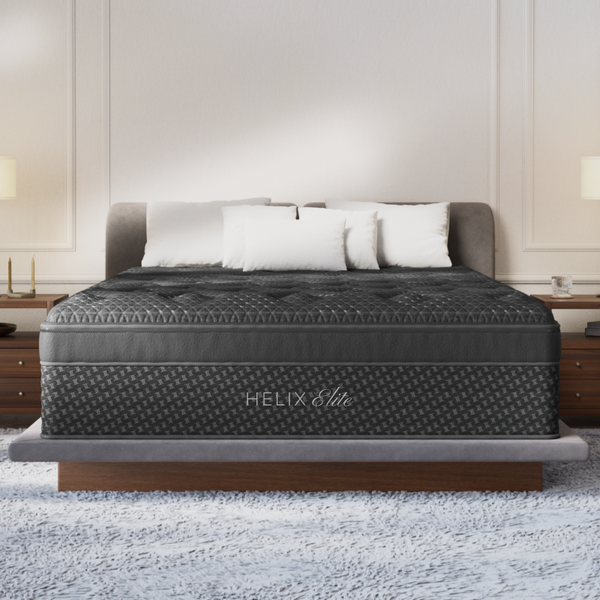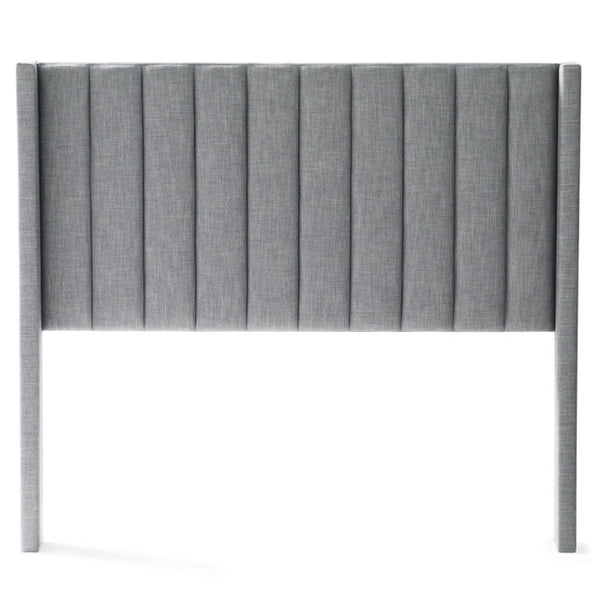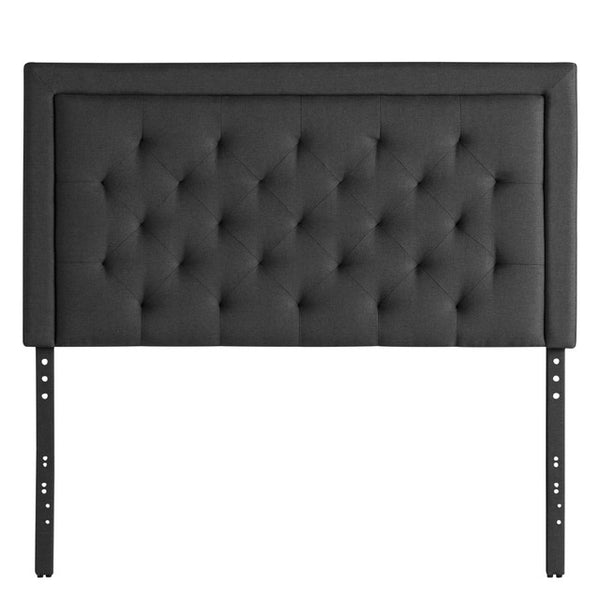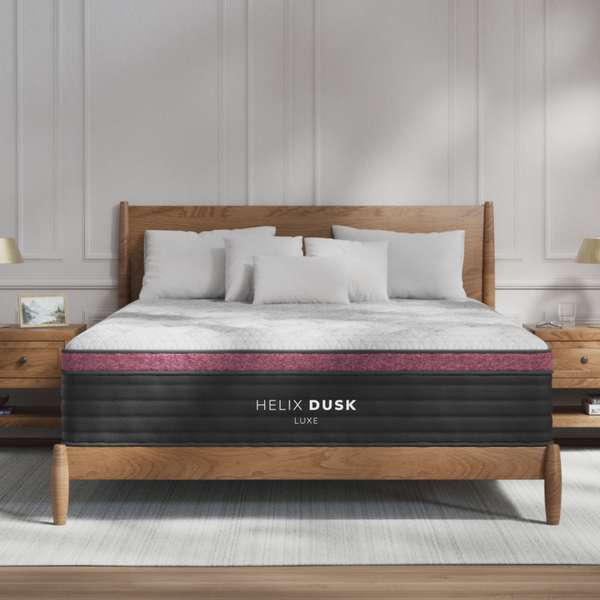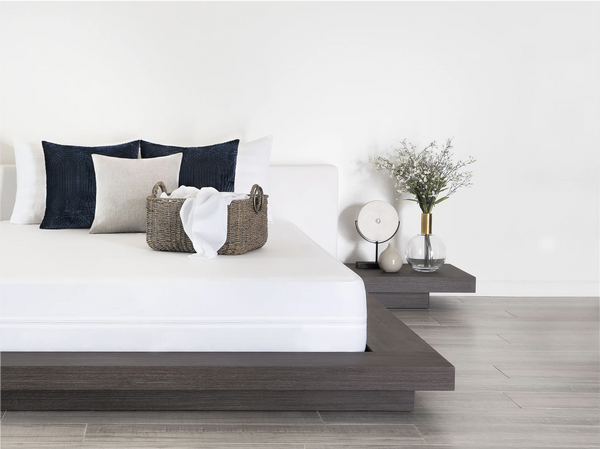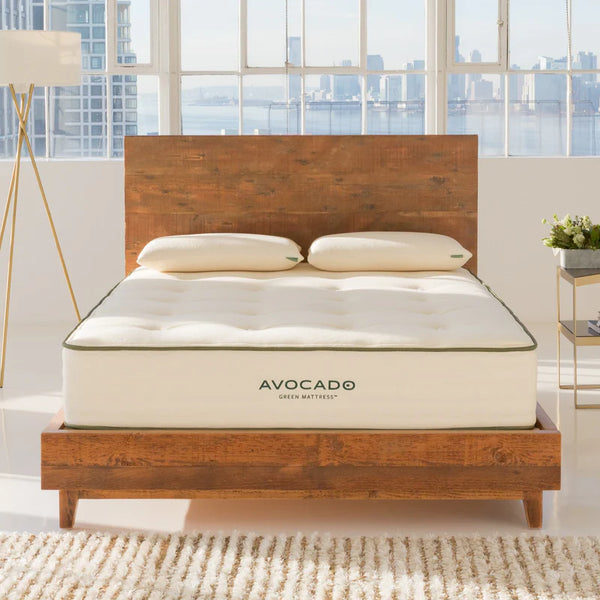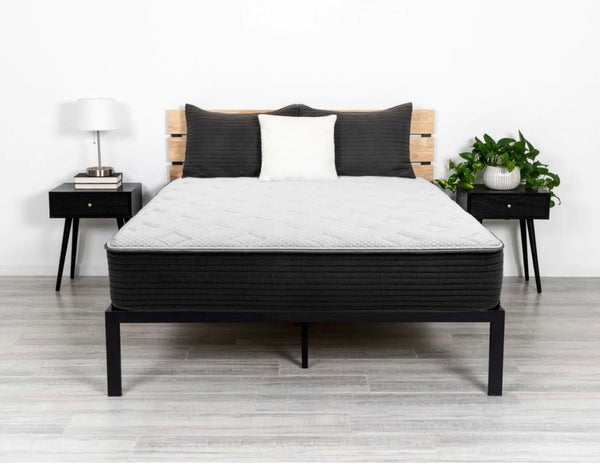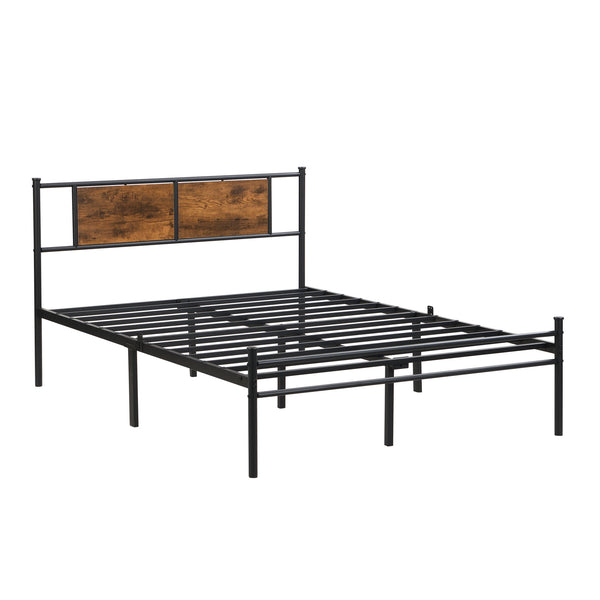
Your preferred sleeping position should have a major bearing on the mattress you select; especially, finding one with firmness that works for your most preferred sleeping posture is key.
Softer mattresses may cause your spine to shift out of alignment and create pressure points in the hips and shoulders, leading to restless nights and pain-induced discomfort. Luckily, there are guidelines you can follow in order to get the best rest.
Side Sleeper
Side sleepers need a mattress that balances comfort and support to achieve maximum relaxation, yet remain supportive. A too soft or too firm mattress could compress hips and shoulders, while one that is too firm can throw off spinal alignment. For the optimal experience try this mid-range memory foam bed-in-a-box: its robust edge support makes this an excellent value, plus there is 365 night trial period and lifetime warranty to back you up.
Front sleepers require a flatter pillow than its side sleeping counterpart, since their neck and shoulders should remain aligned with their spine. Feathers or down pillows will offer adequate cushioning support while still permitting your body to relax slightly into an erect sleeping posture.
A mattress designed specifically to support front-sleepers should have a medium firmness, providing enough support to cushion wide body parts (such as hips and shoulders) without sagging too much. Furthermore, it should conform to the natural shape of the spine while relieving any pressure points across the body. Memory foam mattresses offer both contouring benefits as well as spinal alignment support – perfect for front-sleepers!
People often switch positions throughout the night, making finding a mattress that supports all three major sleep positions essential to avoid injuries, improve comfort and ensure healthy back alignment while sleeping.
Back Sleeper
Back sleeping is one of the most beneficial sleep positions, as it supports natural spinal alignment and can ease aches and pains. But for maximum effectiveness it is crucial that back sleepers select a mattress with appropriate support, including firm feel that won’t sink too deeply into hips and special features that help mitigate issues such as acid reflux or snoring.
Back sleepers require mattresses with both contouring and support features to create the optimal sleeping surface, including memory foam or latex layers that conform around their bodies to relieve pressure points while offering cooling properties – an important feature when trying to sleep on their backs. These types of mattresses often have firm feels but also feature layers designed to contour around them for added contouring or support, and usually feature cooling capabilities during the night for increased comfort.
Mattress foundations are equally as important for back sleepers, providing additional support to prevent their mattress from sagging over time. When purchasing a metal-frame mattress, ensure it includes a box spring rather than an unsupported flat platform; there are several styles of foundation available, though for back sleepers the ideal foundations tend to be constructed of sturdy materials that can handle their weight.
Back sleepers should choose a medium-depth pillow they can sink into; this will keep their neck and shoulders aligned with the spine, helping prevent back and neck pain. For an indulgent option, down or feather pillows that can be plumped up according to personal preference may be better suited.
While hybrid mattresses are great options for back sleepers, sometimes opting for something with traditional feel may be preferable if you weigh over 200 pounds and are looking to prevent sagging over time. One such mattress that meets both criteria is the Novaform ComfortGrande; this soft mattress still provides ample support that will satisfy back sleepers even when sleeping on their sides from time to time.
Stomach Sleeper
Sleep experts may discourage stomach sleeping due to its impact on necks and backs. But that doesn’t have to mean those who prefer this position are doomed for lifelong discomfort (and mattresses that look like grandma’s attic!). In fact, stomach sleepers can enjoy several benefits of their choice such as reduced heartburn symptoms, improved circulation, and optimal spinal alignment.
When choosing a mattress for stomach sleepers, the goal should be to provide an even lift across their body and prevent lumbar arching. To achieve this goal, look for something firm but not excessively firm; additionally, extra cooling features may help combat night sweats that contribute to spinal discomfort or inflammation.
Hybrid mattresses are often the perfect solution for stomach sleepers as they feature layers of high-density foam with soft yet firm layers to protect hips and shoulders while supporting spine in an optimal alignment position. One top choice among stomach sleepers is Brooklyn Bedding Signature Hybrid which scores 9/10 in pressure relief as well as 10/10 spine alignment rated beds like it.
If you’re a heavy stomach sleeper, hybrid mattresses featuring innerspring layers may be worth looking into. These beds tend to offer more traditional design with coils beneath thin comfort layers for support; and can be cost-effective solutions for heavier people who may need additional support than lighter sleepers do.
For light or average-weight stomach sleepers, memory foam or gel mattresses are an ideal choice as these tend to be soft and responsive – perfect for providing pressure relief at the hips and shoulders while supporting their lower spine. If you want an even softer experience, hyper-elastic polymer mattresses might also work; these consist of open cells of resilient material with highly elastic properties similar to sponge.
Combination Sleeper
A mattress designed for combination sleepers must provide support for multiple positions throughout the night, accommodating different sleeping positions at different points during sleep. Individuals typically fall asleep in any one of three primary sleeping positions and frequently switch positions throughout the night – many mattresses reviewed here provide optimal comfort in all three positions.
Combination sleepers should opt for medium firmness mattress; it offers optimal support while relieving pressure at key pressure points such as shoulders, hips and back. In general, medium firmness mattresses provide neutral spine alignment and can reduce pain at key pressure points like shoulders, hips and back.
For combination sleepers, the WinkBed EcoCloud mattress may be an ideal solution, boasting natural Talalay Latex construction with zoned support coils for zoned support. Latex’s signature responsiveness enables sleepers to easily transition between positions without feeling restricted by their bed’s confines or trapped by its surface. In addition, its cooling technology keeps hot sleepers comfortable.
Brooklyn Bedding Titan Plus mattress offers another great choice, featuring extra-durable materials to provide maximum support and cushion for heavy sleepers who tend to overheat during the night. We had one of our heavier body type colleagues test it and she found it both sturdy and supportive – essential qualities for combination sleepers who shift positions frequently throughout the night.
Layla Sleep Mattress provides another excellent choice for combination sleepers. This mattress allows users to switch the mattress between soft and firm sides for ultimate convenience and optimal spine alignment; firm side is most suited to stomach and back sleepers while supporting lower back, while soft side suits front sleepers by elevating hips in line with shoulders and keeping hips elevated during restful nights.

